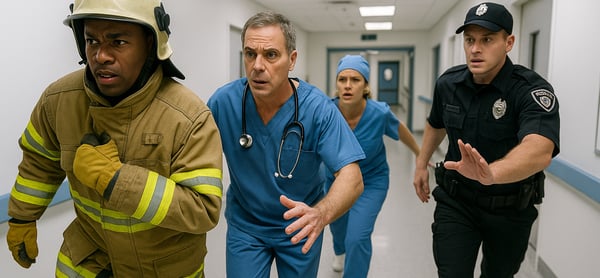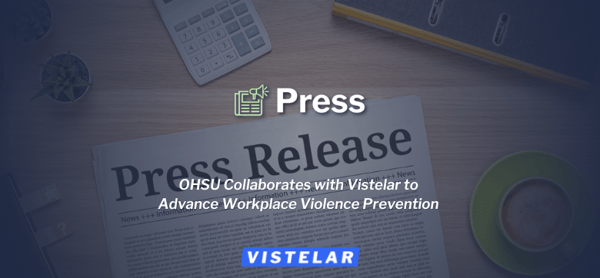This article is Part 3 of a three-part series on the importance of Patient Care Safety Monitors. Click here to read Part 1, or click here to read Part 2.
Every second counts in a suicide prevention crisis. For Patient Care Safety Monitors, knowing exactly what to do—and staying mentally and emotionally prepared to do it—can be the difference between life and loss. This final article explores...












